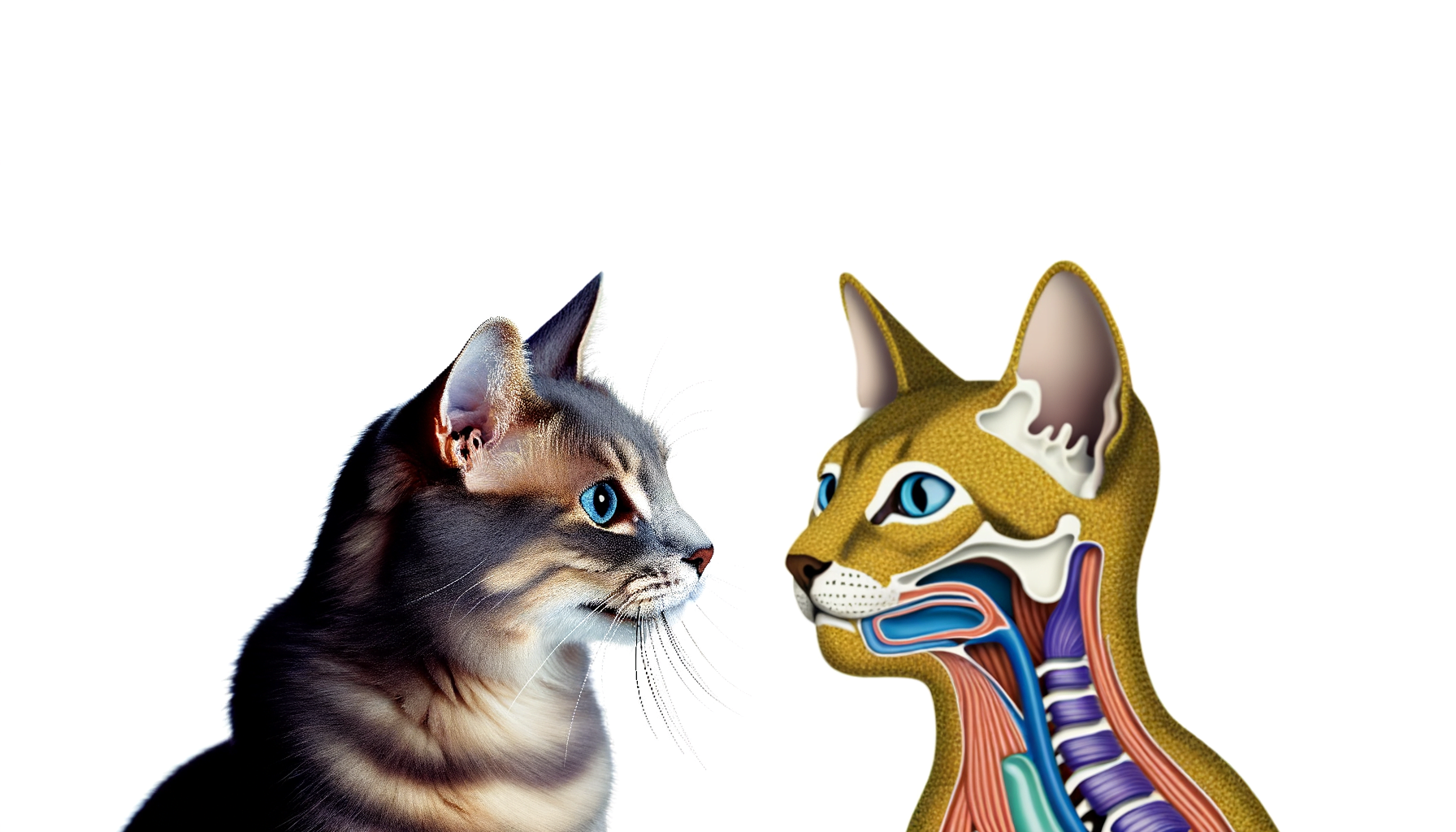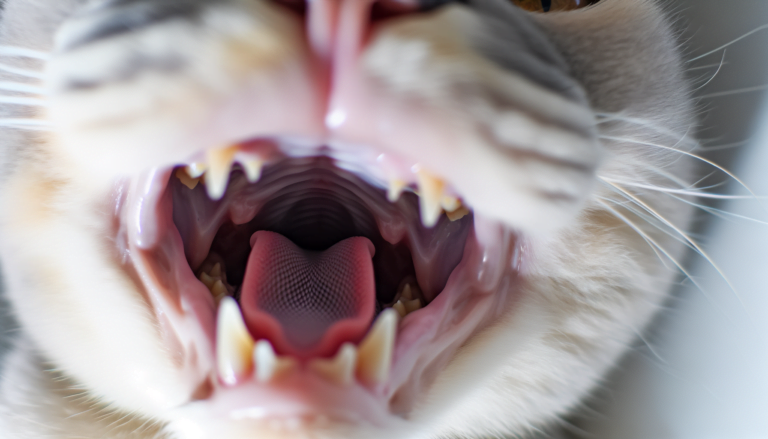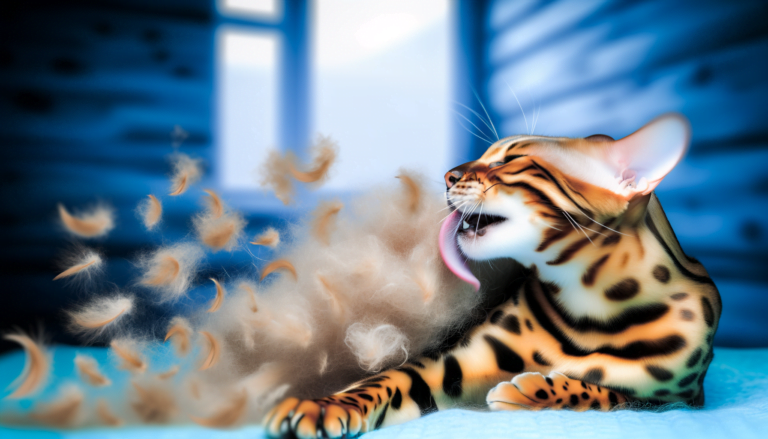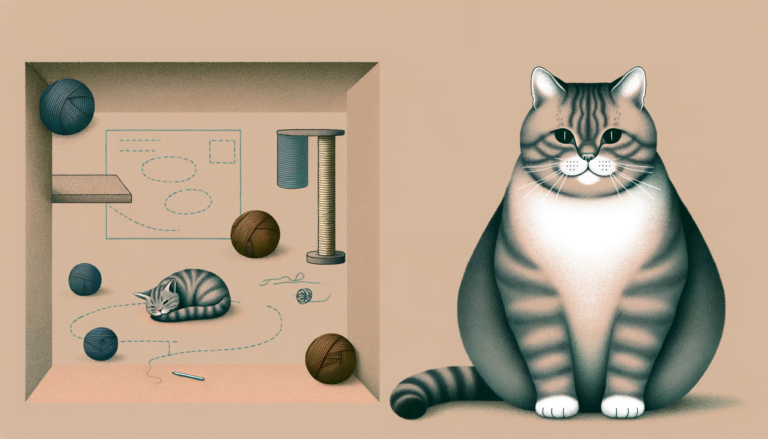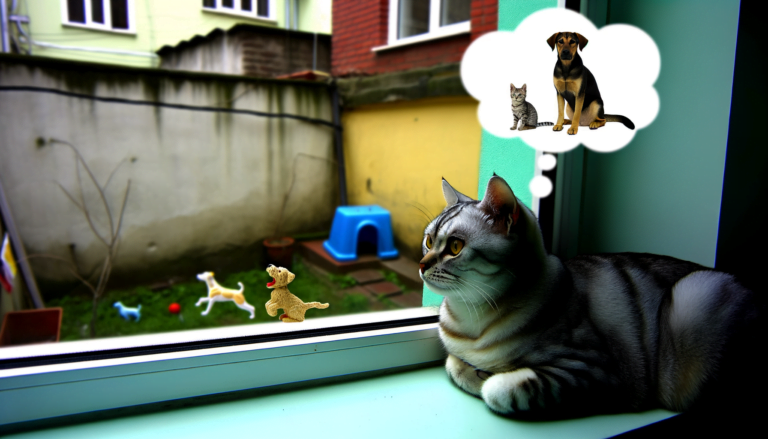Unlocking Feline Mysteries: Do Cats Have Adam’s Apples?
Yes, cats do have an anatomical structure similar to the “Adam’s apple” in humans; it’s formally known as the laryngeal prominence. This part of the feline anatomy, part of the larynx or voice box, plays a pivotal role in communication, as it aids in the production of various vocalizations. While it might not be as visually prominent as it is in humans, particularly males, it’s an essential part of a cat’s vocal equipment, enabling our feline friends to express themselves in their unique ways.
Factors Affecting Vocalization In Cats
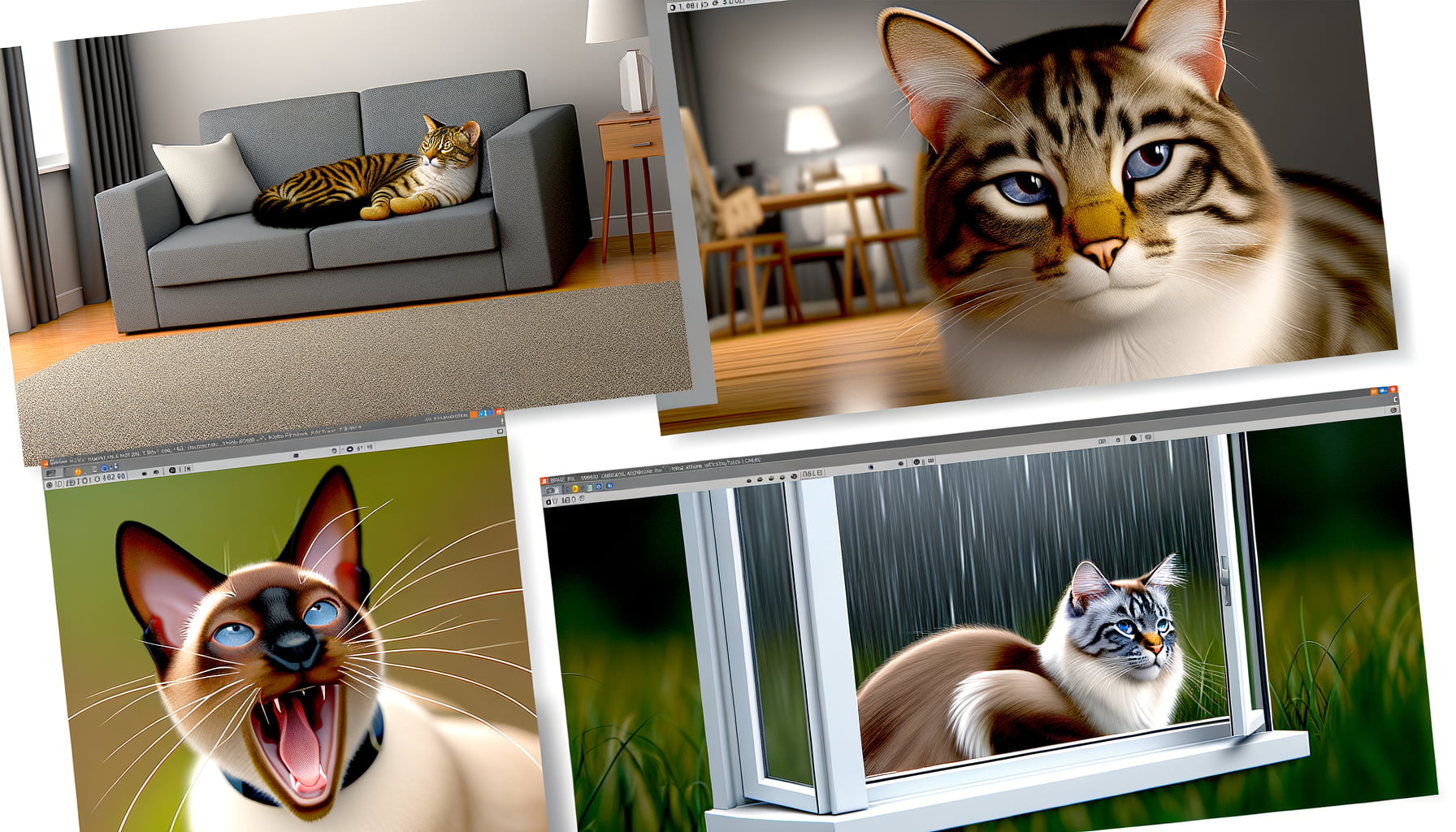
The myriad nuances of cat vocalization are a product of multiple factors. Central to these is their physical environment. Cats may vocalize more in a stimulating environment with a variable set of stimuli that can engage them, from interactive toys to the presence of other pets or humans.
Another key driver is the variation in feline genetics. Certain breeds such as Siamese or Bengal are known to be significantly more vocal than others like Persians. It is not a strict determinant though, as individual cats within a breed may differ in their vocal behavior.
Furthermore, social factors and learned behavior also influence a cat’s predisposition for vocalization. Cats raised in a quiet environment might naturally incline to be quieter. Likewise, if a cat learns that it receives attention or food when it meows, it may vocalize more frequently. Hence, learned behavior significantly impacts the tendency to vocalize.
Comparative Study: Human Larynx Vs Feline Larynx
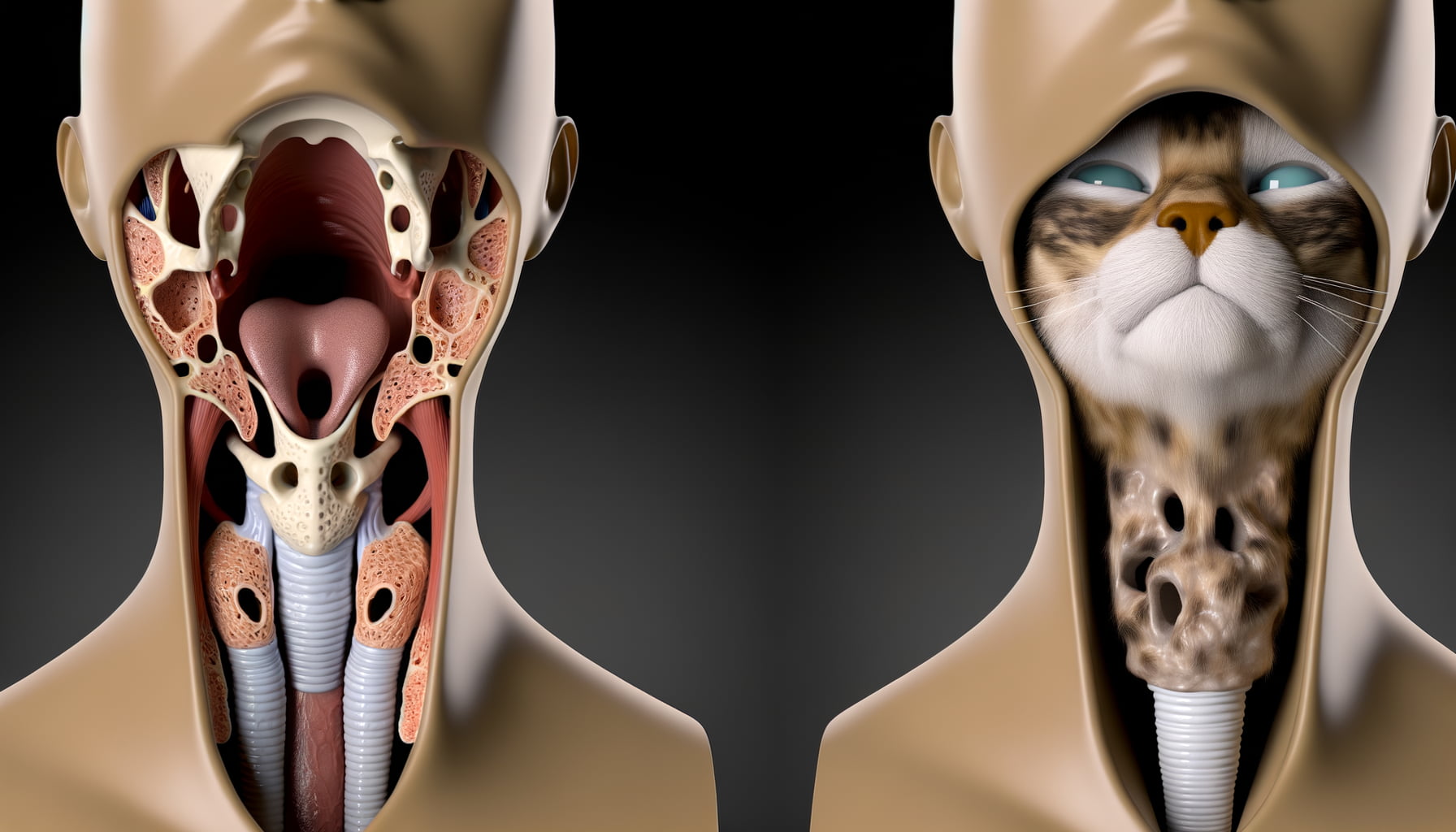
The human larynx and the feline larynx share a similar foundational structure, yet they feature distinct differences. As part of the vital respiratory system, both play a critical role in facilitating the process of breathing and generation of vocal sounds. However, their functionalities aren’t entirely identical due to evolutionary reasons and the need to adapt to unique needs of each species.
An interesting difference lies in the presence of a noticeable bump known widely as the ‘Adam’s apple’ in humans, predominantly males. This bump is the protrusion of the thyroid cartilage that houses the vocal cords. Accordingly, its size is linked to the length, and thereby the pitch, of the vocal cords. In contrast, feline larynx lacks this protrusion, leading to significant differences in the voice modulation between humans and cats.
Another key distinction involves the ‘vocal fold’ structure. Humans possess multi-layered vocal folds, permitting a wide range of pitches and volume. Meanwhile, cats showcase a simpler, less layered setup, focusing on fundamental survival sounds such as meowing and hissing. Nonetheless, the feline larynx accomplishes a remarkable feat by producing a purring sound, an intimate mechanism still enigmatic in its workings among the scientific community.
Adam’s Apple: What is it and Do Cats Have One?
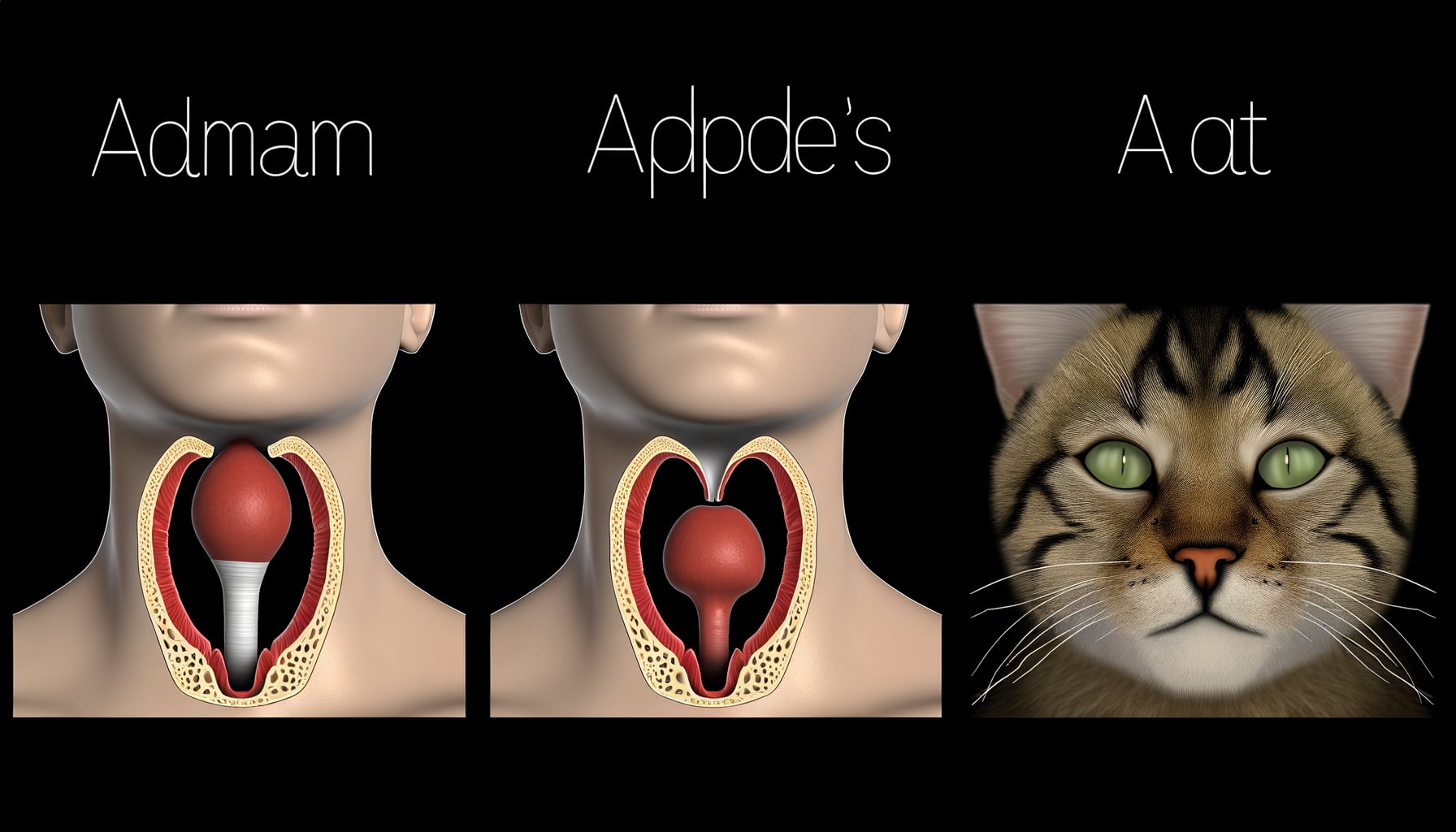
The Adam’s apple, formally known as the laryngeal prominence, is a bulge in the throat, noticeably apparent in human males. This prominence is due to the protrusion of the thyroid cartilage, a part of the voice box or larynx, and it assists in speech and vocalization.
When it comes to cats, their anatomical structure as a species does indeed encompass an Adam’s apple. However, unlike human males, it doesn’t protrude noticeably. This discrepancy arises from differences in evolutionary traits and functions. Physiologically, a cat’s Adam’s apple functions much like a human’s and contributes to the characteristic variety of vocal expressions we so often associate with felines.
The implications of this distinction between human and feline laryngeal prominence extends to their communication systems. While humans use complex verbal language for communication, a cat’s vocalizations are comparatively straightforward, predominantly serving to express basic needs or emotions. Therefore, while cats do indeed employ an Adam’s apple, its function and manifestation differ notably from that of humans, underscoring the biological diversity amongst mammals.
Understanding the Cat’s Anatomy: Throat Structure
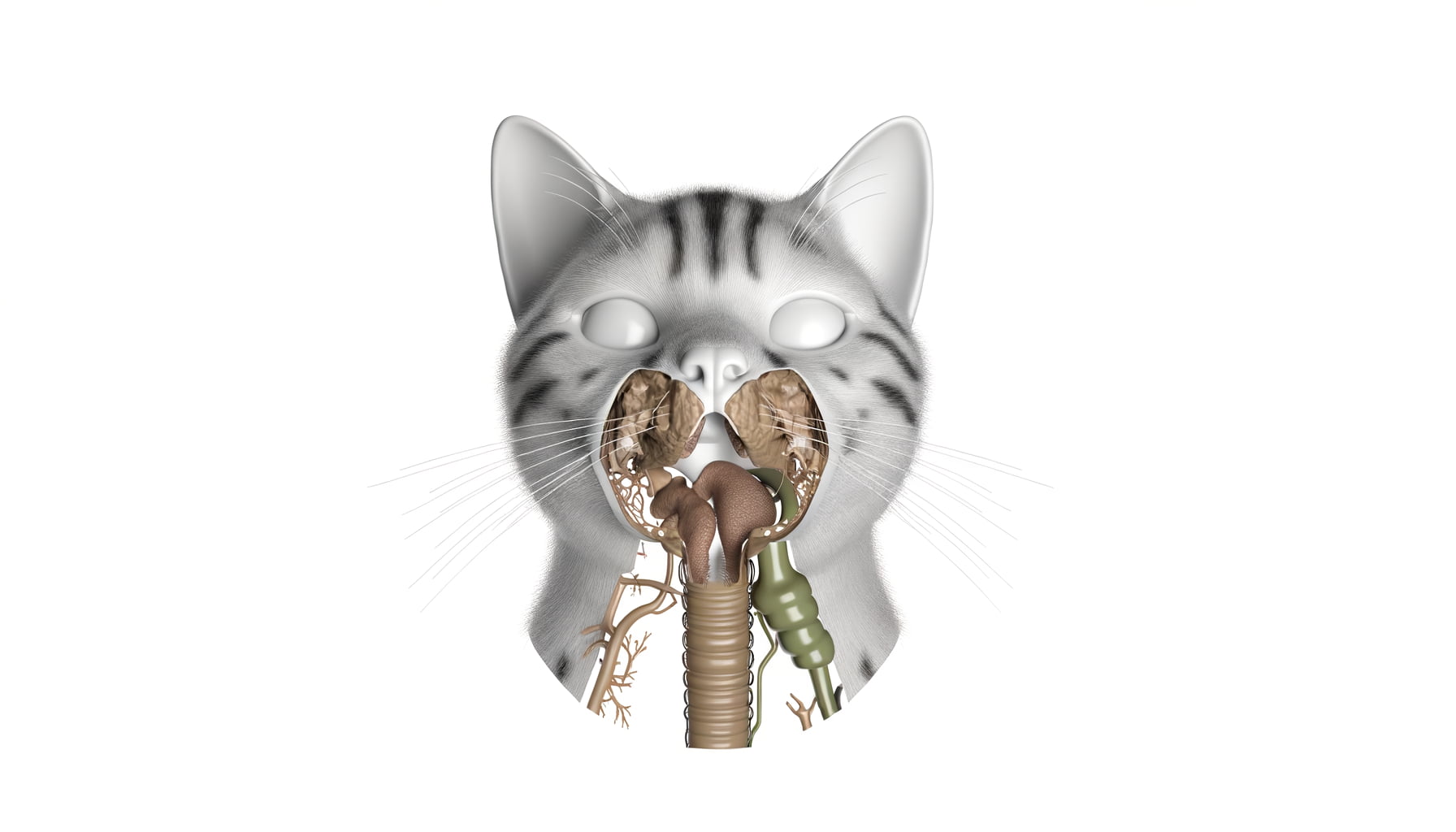
Let’s delve into the anatomy of a feline’s unique throat structure. Cats, just like humans, have a complex throat system. One remarkable feature is the cat’s esophagus, a muscular tube that funnels food from the mouth down to the stomach. Additionally, a cat’s trachea, or windpipe, is designed to transport air from the nose and mouth to the lungs.
Cats also house their vocal mechanism in their throats, more specifically in the larynx. The larynx is instrumental for producing a wide range of vocalizations, from purring to growling, hissing, and more, each crucial for communication. In fact, a cat’s sophisticated laryngeal structure allows it to produce a broader range of sounds compared to dogs.
Finally, a significant point of curiosity focuses around the feline thyroid gland. Much like in humans, it is situated in the throat and regulates the cat’s metabolic processes. However, unlike in humans, a palpable protrusion similar to an ‘Adam’s Apple’ is not typically evident in our feline friends. Next to these key components, there are numerous other muscles and structures that work together for a cat’s basic functions such as swallowing, breathing and vocalizing.
Conclusion
As we delve into the mysteries of feline anatomy, the question of whether cats have Adam’s apples remains unanswered. Despite our best efforts to unlock this enigma, more research and observation are needed to conclusively determine the truth behind this intriguing question. Cats continue to captivate us with their enigmatic nature, leaving us with a sense of wonder at the secrets that may still lie undiscovered within our feline companions.
So, for now, the mystery of whether cats have Adam’s apples remains unsolved. As we continue to unravel the complexities of the animal kingdom, we are reminded of the beauty and intrigue that surrounds these enigmatic creatures. Perhaps one day we will uncover the truth behind this puzzling question, but until then, the mystery of our feline friends will continue to fascinate and intrigue us.
